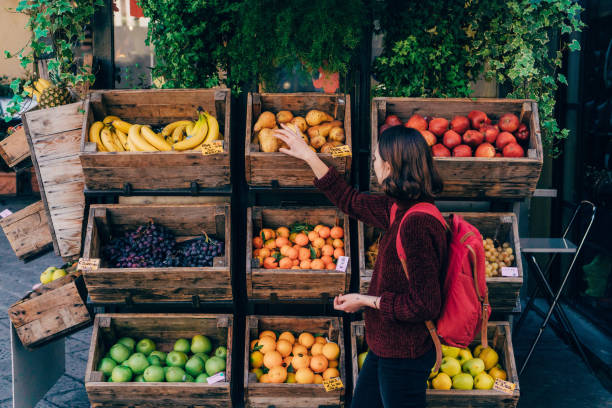Seasonal fruits are those that are harvested at the peak of their ripeness during specific times of the year. These fruits offer a myriad of benefits, ranging from enhanced flavor to increased nutritional value. In this article, we will explore the significance of consuming fruits in season, their benefits, popular seasonal fruits, tips for buying and storing, recipes, cultural aspects, and challenges associated with accessing seasonal produce.
Benefits of Eating Seasonal Fruits
Importance of Seasonal Eating
Eating fruits in season ensures that you enjoy them when they are at their freshest and most flavorful. It also supports local farmers and reduces the carbon footprint associated with transportation.
Nutritional Value
Seasonal fruits tend to be richer in essential nutrients because they are allowed to ripen naturally on the vine or tree, rather than being artificially ripened during transit.
Environmental Impact
Choosing seasonal fruits reduces the need for long-distance transportation, which helps lower greenhouse gas emissions and supports sustainable farming practices.
Popular Seasonal Fruits
Summer Fruits
During the summer months, fruits like watermelon, berries, cherries, and peaches are abundant. These fruits are not only refreshing but also high in antioxidants and vitamins.
Fall Fruits
Apples, pears, figs, and grapes dominate the fall season. These fruits are versatile and can be used in various recipes, from pies to preserves.
Winter Fruits
Oranges, grapefruits, kiwis, and pomegranates thrive in the winter season. Rich in vitamin C and fiber, these fruits help boost immunity during the colder months.
Spring Fruits
As the weather warms up, strawberries, apricots, mangoes, and pineapples become available. These fruits herald the arrival of spring and offer a burst of flavor after the winter season.
Tips for Buying and Storing Seasonal Fruits
Farmers’ Markets
Visit local farmers’ markets to find the freshest seasonal produce and support small-scale farmers in your community.
Freshness Indicators
Look for fruits that are firm, fragrant, and free from blemishes or bruises. Avoid fruits that feel too soft or have an off-putting odor.
Proper Storage Techniques
Store fruits in a cool, dry place or in the refrigerator to extend their shelf life. Some fruits, like bananas and avocados, can be ripened at room temperature and then refrigerated to slow down the ripening process.
Recipes Using Seasonal Fruits
Incorporate seasonal fruits into your diet with delicious recipes such as refreshing smoothies, vibrant salads, fruity desserts, and homemade jams.
The Cultural Significance of Seasonal Fruits
Seasonal fruits play a significant role in traditional festivals and customs around the world. They are often used as offerings in religious ceremonies and celebrations, symbolizing abundance, fertility, and prosperity.
Challenges and Solutions for Accessing Seasonal Fruits
Despite the benefits of eating seasonal fruits, access and affordability can be challenging for some communities. Community Supported Agriculture (CSA) programs and urban farming initiatives help bridge the gap by providing fresh, locally grown produce directly to consumers.
Conclusion
In conclusion, embracing the variety and abundance of seasonal fruits not only enhances our culinary experiences but also promotes health, sustainability, and cultural appreciation. By prioritizing seasonal eating and supporting local farmers, we can enjoy the freshest fruits while contributing to a healthier planet.
